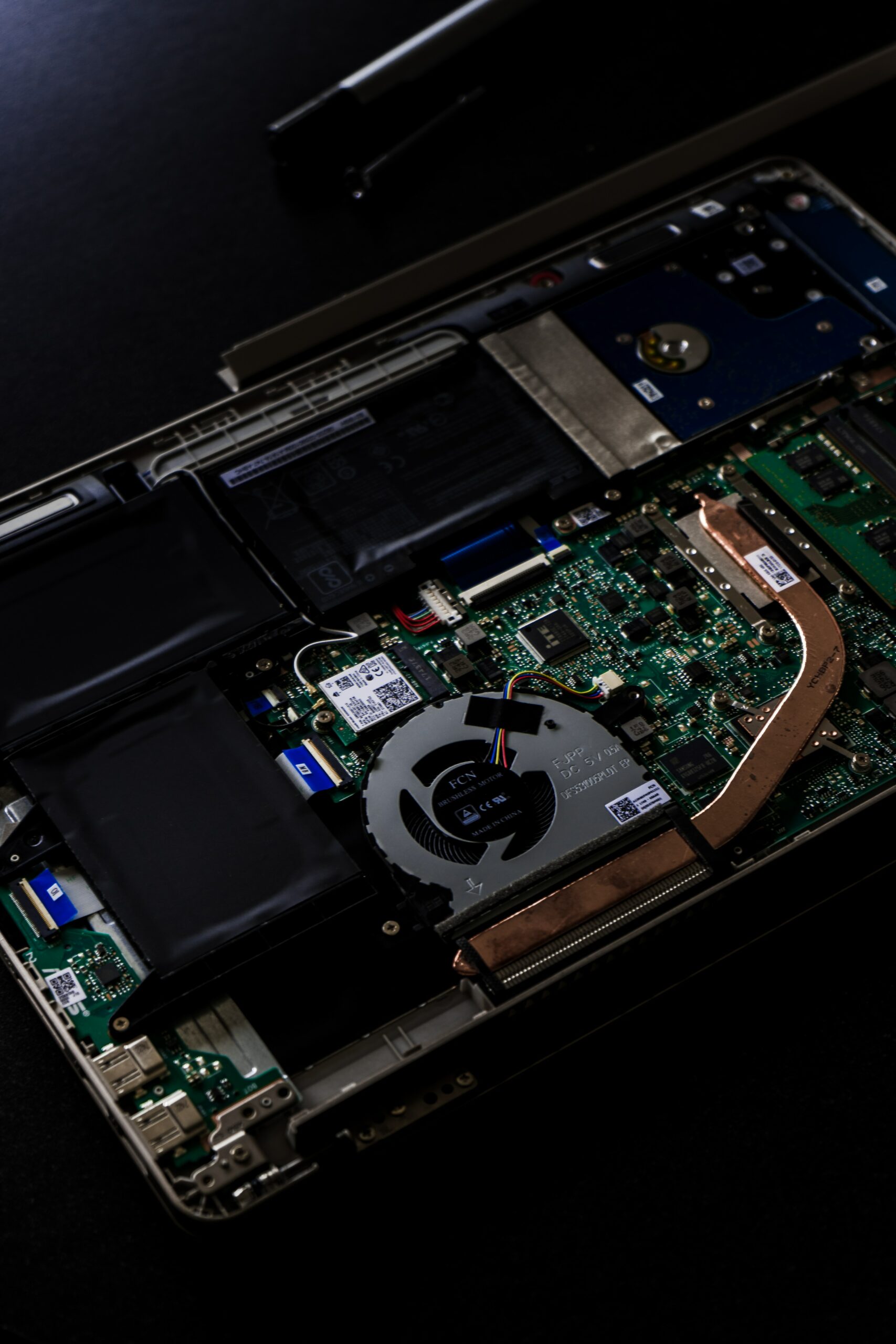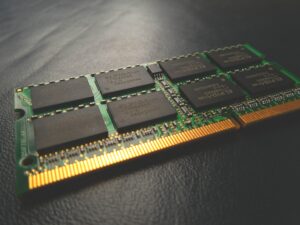In modern computing, memory is crucial in ensuring optimal system performance. Two popular types of memory modules used in computers are SO-DIMM and SDRAM. SO-DIMM, or Small Outline Dual Inline Memory Module, is a smaller version of the DIMM form factor, designed to fit into laptops and other small form factor devices. SDRAM, or Synchronous Dynamic Random-Access Memory, is a type of dynamic RAM that operates in synchronization with the system clock.
This article aims to provide an in-depth understanding of the differences between SO-DIMM and SDRAM. By the end of this article, readers will be able to differentiate between the two types of memory and understand when each one is most suitable for various computing applications.
So Dimm vs Sdram
What is SDRAM?
SDRAM, or Synchronous Dynamic Random-Access Memory, is a type of RAM that synchronizes with the system clock to improve data transfer speed. It is a high-speed, dynamic RAM that operates at a clock frequency that is synchronous with the computer’s CPU. SDRAM can transfer data in a burst mode, which means it can transfer data continuously without waiting for the CPU to send a new command.
One of the main advantages of SDRAM over other types of RAM is its high speed. SDRAM can transfer data faster than conventional DRAM, making it an ideal choice for high-performance applications such as gaming, video editing, and graphic design. Additionally, SDRAM is more power-efficient than other types of RAM, which makes it an attractive choice for portable devices such as laptops and tablets.
Several types of SDRAM are available in the market, including SDR (Single Data Rate), SDRAM, DDR (Double Data Rate), SDRAM, DDR2, DDR3, and DDR4 SDRAM. SDR SDRAM is the oldest type of SDRAM and is no longer commonly used. On the other hand, DDR SDRAM is the most widely used type of SDRAM and is available at various speeds, such as DDR-266, DDR-333, DDR-400, and DDR2-533, among others. DDR3 and DDR4 SDRAM are newer versions of SDRAM, offering even higher speeds and improved power efficiency.
What is SO-DIMM?
SO-DIMM, or Small Outline Dual Inline Memory Module, is a smaller version of the DIMM form factor used in laptops and other small form factor computing devices. It is a compact, rectangular module that houses memory chips and is designed to be installed horizontally.
The main advantage of SO-DIMM is its smaller size, which makes it an ideal choice for laptops and other small form factor devices where space is limited. Its compact form factor also makes it more portable than larger DIMM modules, making it easy to transport and install.
Several types of SO-DIMMs are available in the market, including DDR, DDR2, DDR3, and DDR4 SO-DIMMs. DDR SO-DIMMs are the oldest type and have been phased out in favor of newer, faster and more power-efficient DDR2, DDR3, and DDR4 SO-DIMMs. DDR2 SO-DIMMs offer improved performance over DDR, while DDR3 and DDR4 SO-DIMMs offer even higher performance and power efficiency. Additionally, there are variants of SO-DIMM, such as ECC SO-DIMM, which includes error-correcting code (ECC) memory, and low-voltage SO-DIMM, which consumes less power than standard SO-DIMM.
Differences between SO-DIMM and SDRAM :
While both SO-DIMM and SDRAM are types of memory used in computing, they have several key differences.
Form Factor: The most apparent difference between SO-DIMM and SDRAM is their form factor. SO-DIMM is a smaller form factor designed for use in laptops and other small form factor devices, while SDRAM is typically used in desktop computers and servers.
Compatibility: SO-DIMM is not compatible with standard DIMM memory slots commonly found in desktop computers and servers. On the other hand, SDRAM is compatible with DIMM slots and can be used in desktop and server systems.
Use Cases: SO-DIMM is commonly used in laptops, netbooks, and other small form factor devices, where space is limited. On the other hand, SDRAM is used in larger computing systems, such as desktop computers and servers, where performance and expandability are more critical.
Pros and Cons: SO-DIMM is ideal for portable devices due to its smaller size and lower power consumption. However, it may offer a different level of performance than SDRAM, and its smaller size may limit its maximum capacity. SDRAM, on the other hand, is typically faster and more expandable, making it a better choice for high-performance applications such as gaming, video editing, and graphic design. However, it may not be as portable or power-efficient as SO-DIMM.
When to use: SO-DIMM is the best choice for laptops, netbooks, and other small form factor devices, where space and power consumption are vital concerns. SDRAM is better for desktop computers and servers, where performance and expandability are more critical. Ultimately, the choice between SO-DIMM and SDRAM will depend on the specific needs of the computing system and the intended use case.
Typical Applications of SO-DIMM and SDRAM :
SO-DIMM and SDRAM are used in various computing devices and systems. Here are some common examples:
Typical applications of SO-DIMM:
Laptops
Netbooks
Mini PCs
All-in-one computers
Small form factor PCs
Industrial computing systems
Typical applications of SDRAM:
Desktop computers
Workstations
High-performance servers
Gaming PCs
Video editing systems
Graphic design workstations
Scientific computing clusters
The choice of memory for a given application depends on several factors, including:
Performance requirements: For high-performance applications such as gaming, video editing, and scientific computing, SDRAM is generally the better choice due to its faster speeds and higher capacities. SO-DIMM may be sufficient for less demanding applications, such as basic office tasks.
Form factor: The form factor of the computing device or system will also play a role in determining the choice of memory. Small form factor devices such as laptops and netbooks typically require SO-DIMM, while desktop computers and servers use SDRAM.
Power consumption: Power consumption is crucial for portable devices such as laptops and netbooks. SO-DIMM typically consumes less power than SDRAM, making it the better choice for portable devices.
Capacity: The maximum capacity of the memory modules will also be a factor in determining the choice of memory. SO-DIMM modules are typically smaller and have lower capacities than SDRAM modules, so SDRAM may be necessary for applications that require large amounts of memory.
Cost: Finally, the cost will also be a consideration. SO-DIMM modules are generally less expensive than SDRAM modules, making them a more cost-effective choice for budget-conscious applications.
In conclusion, SO-DIMM and SDRAM are both types of memory used in computing but differ in several key ways. SO-DIMM is smaller and more power-efficient, making it ideal for portable devices, while SDRAM is faster and more expandable, making it better for high-performance applications. Understanding these differences is essential in choosing the correct memory for different applications. Factors such as performance requirements, form factor, power consumption, capacity, and cost will all play a role in determining the best memory for a given application. Therefore, readers must consider their computing needs and system requirements when choosing between SO-DIMM and SDRAM. By doing so, they can ensure that their computing system is optimized for their intended use case.







